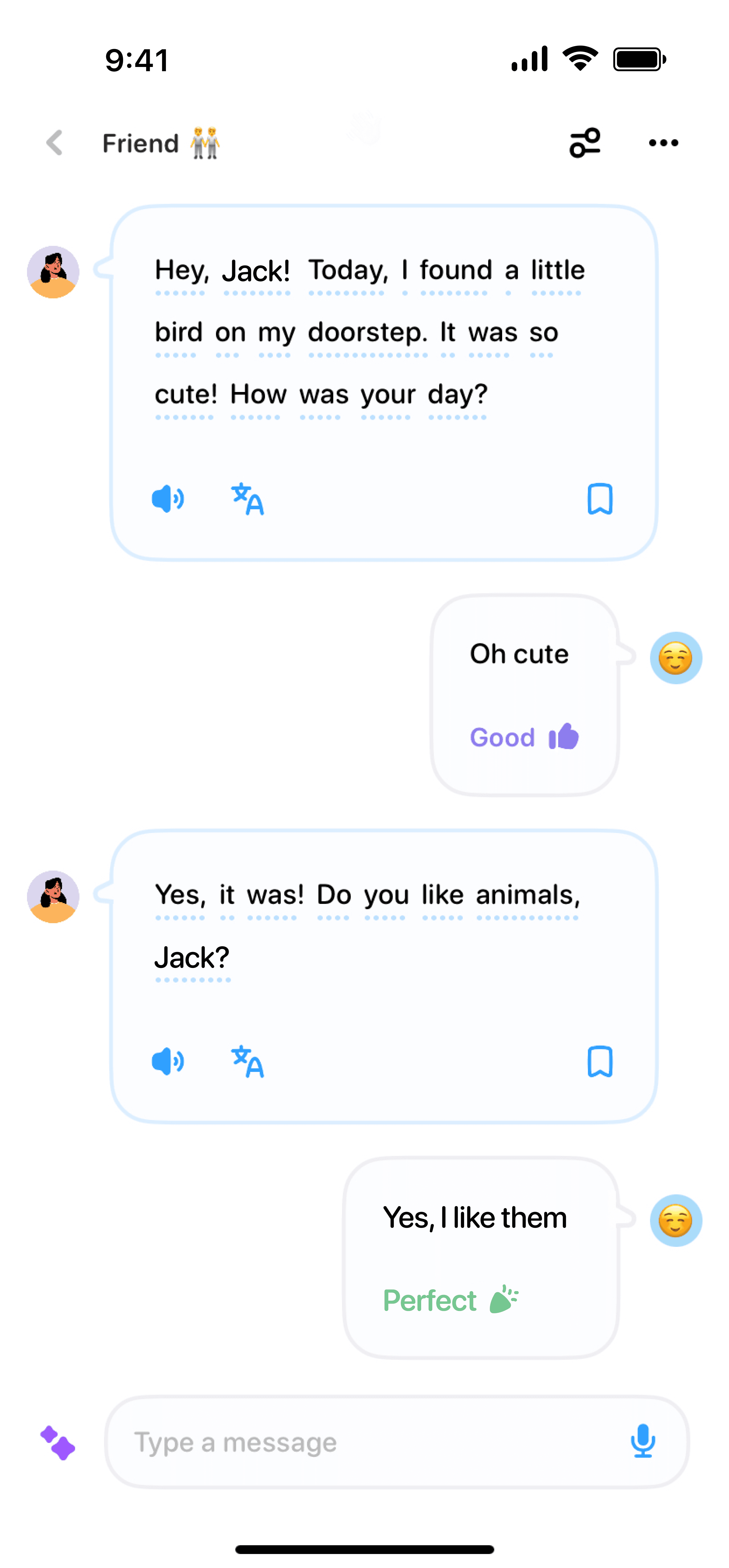05/28/2024
·
Emma Robbie
Learning Spanish can be a rewarding experience, but it's not without its challenges. One effective strategy to make the process both enjoyable and memorable is story learning. Story learning isn't just about fun; it's a scientifically backed method that can dramatically improve your language skills. Let's dive into how story learning can help you learn Spanish!
What is Story Learning?
Story learning involves using narratives, tales, and anecdotes to pick up a new language. Instead of grappling with dry grammar rules and vocabulary lists, you immerse yourself in stories written in Spanish. This method provides context and helps you understand the nuances of the language.
Why Story Learning Works
Coherence and Context: One of the biggest advantages of story learning is that it provides coherence and context. Words and phrases make more sense when they're part of a story, allowing you to understand how they fit together naturally. You’re not just learning isolated words; you’re seeing how they interact in sentences and paragraphs.
Memory Enhancement: Ever notice how you can easily recall the plot of your favorite movie, but struggle to remember a list of random facts? Stories are more memorable because they connect with our emotions and intellect. This makes the information easier to recall when you need it.
Motivation: Let’s face it, learning a new language can sometimes feel like a chore. Story learning keeps you engaged and motivated, as you’re always eager to know what happens next! This excitement can drive your learning process much more effectively than traditional methods.
How to Get Started with Story Learning Spanish
Ready to plunge into story learning? Here are some steps to get you started.
Pick the Right Material
Choose stories that match your current level of Spanish. For beginners, starting with children’s books can be helpful as they use simpler language. As you become more advanced, you can move on to short stories, novels, and even podcasts.
Active Reading
Don’t just read passively! Take notes of new words and phrases, and try to understand them within the context of the story. You can also highlight or underline interesting sentences and see how they’re structured.
Repeat and Retell
Repetition is key to mastering any new skill. Don’t be afraid to read the same story multiple times. Each read-through will solidify your understanding and help you catch details you might have missed initially. Additionally, try retelling the story in your words to ensure you grasp the essence.
Complementary Techniques
While story learning is highly effective, combining it with other methods can supercharge your Spanish learning.
Flashcards
Create flashcards for new vocabulary you encounter in your stories. Tools like Anki can be particularly useful for this.
Language Exchanges
Practice speaking with native speakers to reinforce what you've learned. Language exchange platforms like Tandem or HelloTalk can be great for finding conversation partners.
The Magic of Story Learning
Incorporating stories into your language learning routine can transform the way you learn Spanish. Not only does it make the process enjoyable, but it also provides context, enhances memory, and keeps you motivated. Whether you're diving into a short story or an epic novel, each narrative will bring you a step closer to mastering Spanish.



